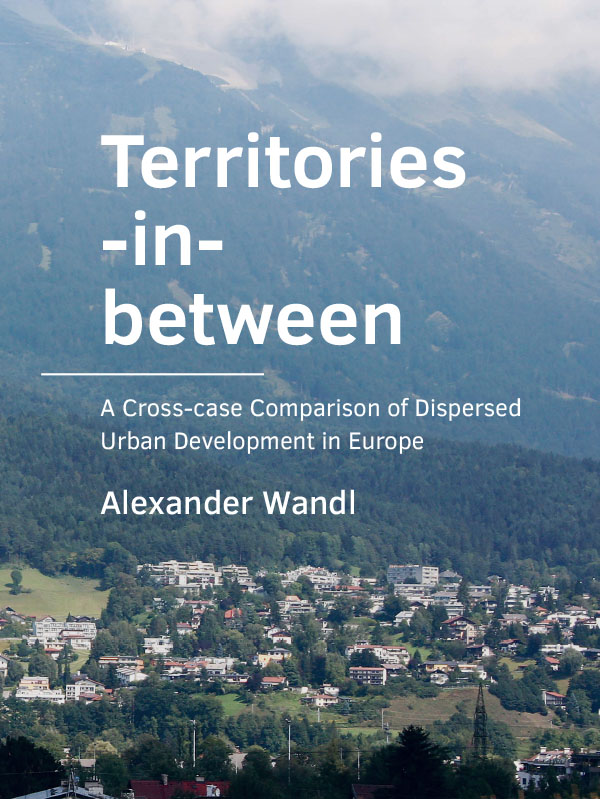Research Design and Approach
DOI:
https://doi.org/10.7480/abe.2019.14.4334Abstract
The following research questions are going to be answered to reveal the characteristics of TiB and their present state of sustainability and the potential for future sustainability to inform regional planning and design:
What spatial structures characterise dispersed urban areas in Europe?
Which morphological and functional structures of dispersed urban areas offer the potential for more sustainable development? If so, how can this potential be mapped and measured to inform regional planning and design?
Are there similarities and dissimilarities concerning potentials of dispersed urban areas in different locations, planning cultures, topographies and histories?
The core of the thesis at hand are four separate journal papers, see Figure 2.1. Therefore, this section presents the general approach of this research to bind the papers and their results together to provide the reader with a coherent story. Chapters three to six are predominantly composed of already published or accepted double-blind peer-reviewed journal papers. In all those papers, the specific research questions and methods and data used are explained. An atlas, complementing each chapter, presents additional maps, drawings and photos as well as statistical and analytical material and their interpretations. They were not used in the papers as such, but complete the comparative aspect of the research.
Chapter 3 defines and characterises territories-in-between and thereby, what constitutes a case for the cross-case comparison. Chapters 4, 5 and 6 present methods to assess the potential and possibilities for sustainable development in territories-in-between. Chapter 7 present a meta-analysis of the earlier chapter to identify similarities among cases and outliers to be able to generalise findings. Chapter 8 summarises the key findings of the research and provide, recommendations for planning practice and research.
A cross-case comparison as over aching approach was chosen in order to avoid what Geneletti et al. ( 2017) described as a setback of most studies dealing with sustainable development in peripheries, namely that they are often context-specific and solution-oriented and that it stays unclear whether the general ideas can be transferred to other geographical contexts. Therefore, after briefly introducing all chapters of the dissertation, section 2.6.1 provides a more detailed explanation of the advantages and disadvantages of a cross-case comparison. It also presents several cross-cutting methodological considerations, like the selection of the cases, data availability, reliability and limitations as well as general considerations on transferability.
Section 2.7 introduces the atlas of territories-in-between. The aim of the atlas, which is spread out between the article based chapters of the dissertation, is to provide additional information and material, which was not included in the original papers but which either provides maps for those cases the papers did not focus on, or photographic material in order to support the quantitative data with qualitative information.

